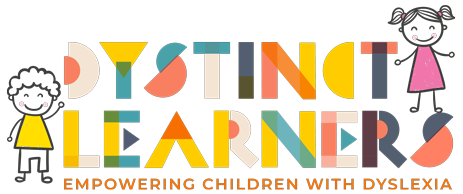Understanding Dyslexia
What is Dyslexia?
Dyslexia is a specific learning disability that is neurological in origin. It is characterized by difficulties with accurate and/or fluent word recognition, poor spelling, and decoding abilities. These difficulties typically result from a deficit in the phonological component of language, which is often unexpected in relation to other cognitive abilities and the provision of effective classroom instruction.
Symptoms and Signs
Dyslexia can manifest differently in each child, but common signs include:
- Difficulty reading single words (not connected to a story or other text)
- Slow reading speed and poor fluency
- Problems with spelling
- Difficulty with handwriting
- Avoidance of reading activities
- Difficulty with phonemic awareness (the ability to hear, identify, and manipulate sounds in words)
The Science Behind Dyslexia
Neurological Basis
Research has shown that dyslexia is related to the way the brain processes written and spoken language. Neuroimaging studies have revealed differences in the way the brain of a dyslexic person functions compared to non-dyslexic individuals. Key areas affected include:
- The left hemisphere, particularly regions involved in reading and language processing, such as the inferior frontal gyrus, parietotemporal area, and occipitotemporal area.
Genetic and Environmental Factors
Dyslexia often runs in families, indicating a genetic component. However, environmental factors also play a significant role. These can include:
- Early language exposure
- Quality of instruction
- Socio-economic status
Types of Dyslexia
Phonological Dyslexia
This is the most common type of dyslexia, where individuals have trouble processing the sounds of language (phonemes). It makes it difficult to match letters with their corresponding sounds.
Surface Dyslexia
Individuals with surface dyslexia have difficulty recognizing whole words by sight. They rely heavily on phonetic decoding and often struggle with irregularly spelled words.
Visual Dyslexia
This type involves difficulties with visual processing, where the brain has trouble interpreting visual information. This can lead to issues with reading speed and accuracy.
Deep Dyslexia
Deep dyslexia is a more severe form, involving multiple deficits in phonological processing, visual recognition, and semantic processing. Individuals may substitute words with similar meanings while reading.
Understanding dyslexia involves recognizing it as a complex, multifaceted condition that affects each child differently. It’s essential to approach each case individually, employing tailored strategies and interventions. Early identification and support can significantly enhance a child’s reading and academic skills, providing them with the tools they need to succeed.
